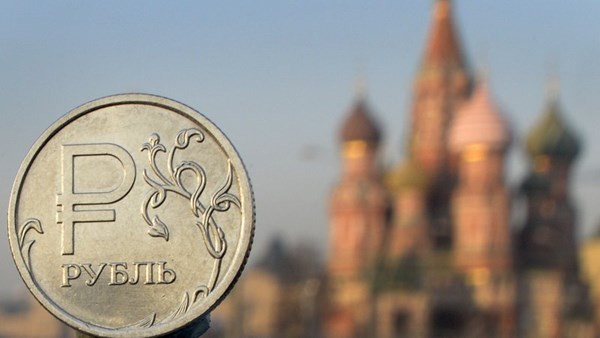Russia considers using National Wealth Fund to finance defense industry
The funds in the Russian National Wealth Fund (NWF) should be used to give long-term and cheap loans to the defense industry, said Andrei Klepach, formerly the Russian deputy minister of economic development and currently an economist and vice chair of the board at Vnesheconombank (VEB).
“The government should provide the resource of long-term, cheap funds, which would enable us to solve the defense industry’s problems,” said Klepach. “In my understanding, the money in the National Wealth Fund could even be such a resource, because we have to invest them not only abroad in the assets of the US and other countries, we could also invest them in projects where we see return. Such projects definitely exist.”
Klepach emphasized that this possibility is currently being considered.
Russian Deputy Prime Minister Yury Borisov, who oversees defense, also lobbies in favor of extensive financial support for the arms industry. Last week he lamented that the portfolio of loans taken out by the defense industry is in excess of 2 trillion rubles (around $32 billion), and that repayments use up all the profit generated by the industry, forcing the companies to “live from hand to mouth”.
Borisov resents that these factories which produce “real products” are forced to feed banks, which “don’t produce anything”. He noted that plans to support the military-industrial complex with a loan of around 700 billion rubles ($11.1 billion) have been sent to President Putin.
It is not yet clear what the president will decide, Klepach noted.
“But I hope, the understanding should prevail, that if we want our defense industry to be a driver, and not a sore point, we need to invest in it in different ways,” he said, adding that the investment repayment in defense projects could be 5-7 or even 10-15 years.
Another reasons the funds are so badly needed is that the Russian defense industry is under severe US sanctions that block dollar transactions and restrict access to American technologies. “They are designed primarily to stall and to harm the development of the defense industry, and not only in the area of defense technologies,” said Klepach. “Essentially, it’s a consistent set of measures designed to strangle Russia technologically.”
The vice chair of VEB believes that the correct response would be to intensify the financing of the defense industry, which could become “a powerful technological driver, in the interests of the civilian population”.
“There are very good technological backgrounds and abilities here, and one can simply marvel at the enthusiasm and boldness of our engineers, scientists and managers, for dealing with these tasks, despite the rather difficult financial conditions,” observed Klepach.
As of 1 July, Russia’s NWF was officially worth 3.76 trillion rubles, or $59.6 billion.
Around 40% of this amount has already been spent on support for banks, lending to Ukraine, and infrastructural projects. The liquid part of the fund, in the form of foreign currency, includes $15.3 billion, €13.5 billion and £2.5 billion.
The real value of the NWF is significantly larger. Since 2017, the Finance Ministry has been buying foreign currency on the Moscow Exchange with the budget’s oil and gas earnings from prices significantly above $40 per barrel. Last year the intervention enabled the ministry to acquire $66.5 billion, which will be transferred to the fund in September. Between January and June this year, the ministry bought another $25 billion, and it could acquire another $28 in the second half of the year.
Thus the effective value of the NWF is actually around $150 billion, and will reach $178 billion by the end of the year, which is 10% of the GDP.
According to the budget rules, the fund can only be spent once it exceeds 7% of the GDP.
